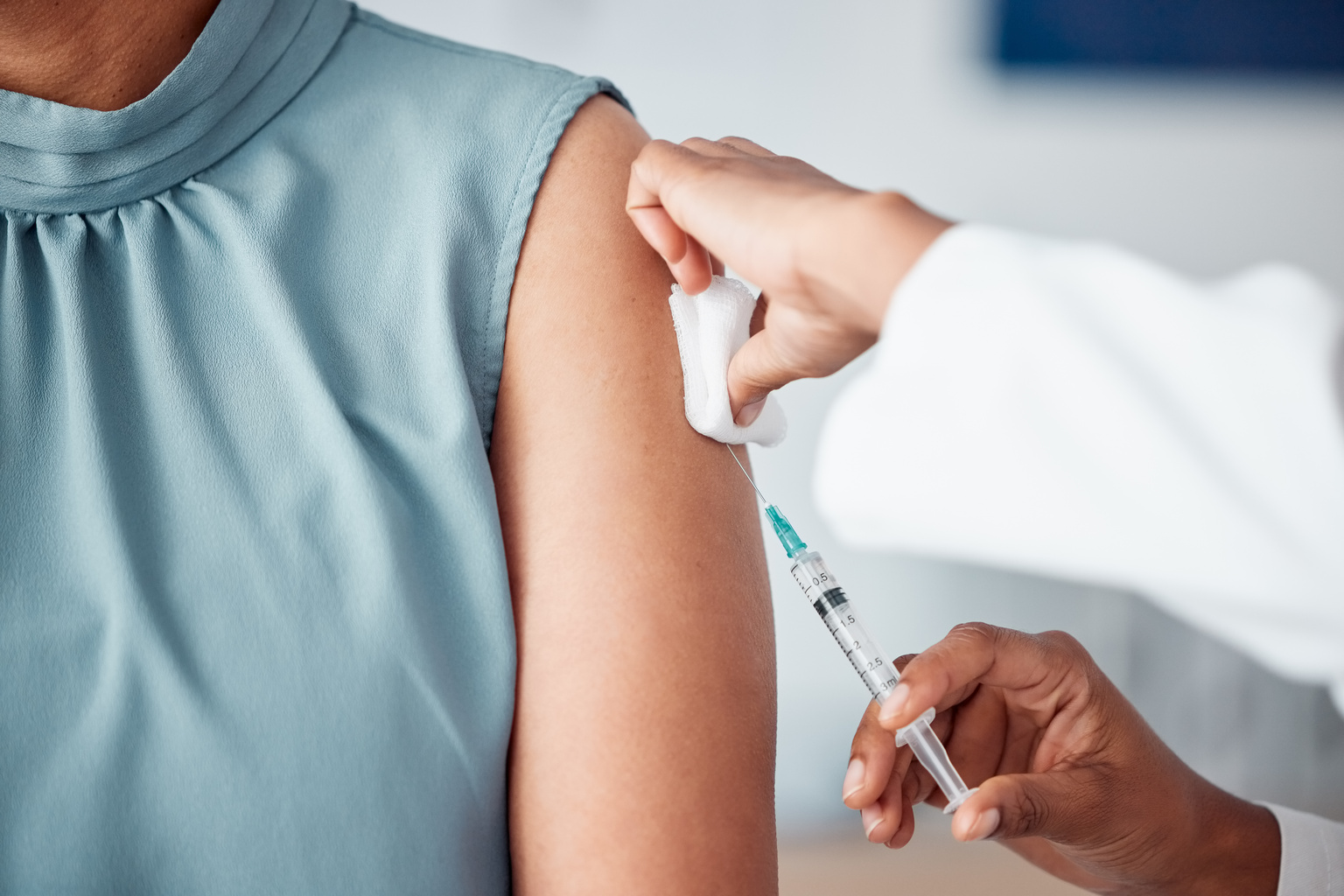Both patients and professionals are becoming more comfortable with virtual care, helping improve outcomes when access to traditional, in-person care is inconsistent.
Expansion of virtual care: Patient acceptance and comfort
There is no denying that telehealth is here to stay. When the COVID-19 pandemic forced an expansion of and reliance on virtual care, the size of the U.S. telehealth market rose from $11.23 billion in 2019 to $17.9 billion in 2020. Although initial projected growth rates since that time have slowed and been revised down from nearly 60% to just under 23%, market experts are still projecting a $149.7 billion telehealth industry by 2030.
Heading down to the local hospital for several types of specialty and follow-up care is no longer a reality for many people and “no longer a profitable service line post-pandemic,” explains Matt Sullivan, a solution thought leader at Wolters Kluwer, Health, who specializes in virtual care and digital health solutions. Many providers have had to “cut margin because traveling nurses have become too expensive. So, you’ve seen a lot of hospitals shut down service lines that have to be replaced with options at greater distances away from patients.”
With the growing need and commonality of virtual care has come a growing acceptance of it: A 2022 systemic review of patient satisfaction surveys shows upwards of 80% satisfaction – in many studies over 90% – with virtual care visits.
“The fact that telehealth is coming into acceptance just at the right time is not really a surprise,” says Sullivan. “Patients like that they don't have to go into a physical setting for all appointments.”
Telehealth is especially effective and preferred in scenarios such as:
- Hybrid model care, in which follow-up appointments for an initial in-person evaluation or physical exam are all done remotely.
- Skin conditions and similar concerns in which taking pictures of physical symptoms and uploading them is easy to do through telehealth services.
- Mental health services, which Sullivan notes, have proven the most “durable” type of virtual care visit.
- What Sullivan describes as “less traditional, single condition programs” dedicated to helping patients connect to prescribers for specific treatments, like weight-loss medications.
All of these scenarios are “becoming more accepted in the patients' minds as a viable way of getting care, prescriptions, or treatment for conditions,” Sullivan says.
When there is hesitation on the part of patients to engage in virtual care, concerns tend to center around the quality of the relationship with their provider, he notes. “It’s not a technology divide, it’s a trust and relationship divide. Patients definitely want to feel they have a relationship with their clinician, so some may put slightly higher value on in-person care. A lot of these care models are hybrid. So, the same doctor you see in person might also deliver care virtually, which is ideal. On the provider side, they are facing the dynamic of physician burnout and nursing shortages, while on the patient side, there is the dynamic of aging populations and more people with chronic diseases. Sometimes it’s easier for both to facilitate those relationships through telehealth.”




